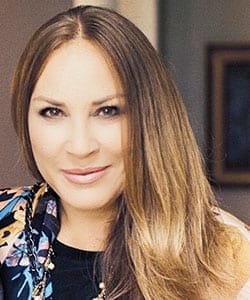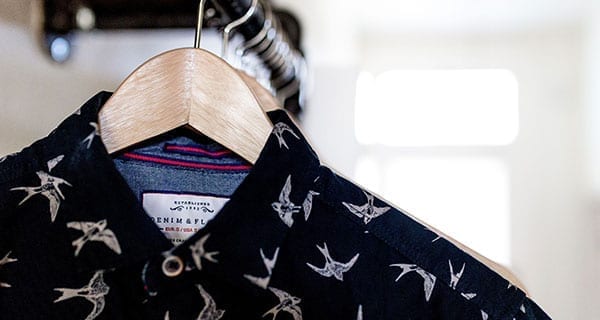Carrie Kirkman is a senior retail executive, and formerly past president and chief merchant of Sears Canada.

Carrie Kirkman
What are the key things you learned from the Sears experience?
Kirkman: Too many to count. Most importantly is how critical it is for an organization’s leadership to be looking and planning far, far ahead to ensure that the business is evolving at the same rate or better yet faster than its consumer.
Especially when you’re a large successful enterprise, it’s easy to operate in the moment and ride the wave. I’m not certain anyone could have predicted the amount of change the retail industry has experienced over the last five years but it’s safe to say that the retailers still standing are the ones that were more nimble and in a better position to adapt and evolve.
What are the biggest trends you see in the Canadian retail industry?
Kirkman: Smaller footprint, collaborations with complementary brands and designers. Creating the holy grail of a 360-degree customer experience. Making sure your product is available any way that the customer wants to consume it. Online, in store. Seamless.
It takes a special experience to get the customer to get in their car, battle traffic, find parking and come to your store. You have to make it worthwhile or else they can just sit on the couch; surf and click.
Do you expect e-commerce to continue to grow and if so why?
KIrkman: I do see it continuing to grow. Technology is evolving and I think there are going to be advancements that enrich the online experience. Canada still under-indexes the U.S. in its online blend. I don’t think we will ever be completely aligned but we have room to grow.
Retailers need to embrace online retail and not see it as a negative. We are all in business to serve the customer. It’s up to the retailers both large and small to discover where their new opportunities are versus fighting the inevitable.
What do bricks and mortar stores need to do to compete more effectively in this environment?
Kirkman: I believe that “retail is culture.” Stores need to move from ‘spaces’ to “places,’ destinations. Bricks and mortar can do something that online can never do. Humans are tactile creatures. We need interactions both with people and with things.
We like to be able to experience products and brands live. Stores need to make their locations more than a transactional space. They need to provide experiences. Product knowledge, inspirational spaces that create a relationship with customers. Traditional retail lost touch with their customers.
What are the key things that separate a successful retailer from one that’s struggling?
Kirkman: It’s interesting to me. Sometimes it seems like traditional retailers are really handicapped. They usually have too much selling space, antiquated systems and a business model that’s built to serve an obsolete marketplace. On the other hand, they also still have a significant amount of market share and volume.
One critical success factor is being absolutely obsessed with your customer. Understanding who they are, what’s happening in their lives and what really matters to them. The winners are the ones with the least space between what they offer and what their customers really want.
Hanging on the the past, expecting things to somehow go back to how they were is not going to end well.
– Mario Toneguzzi
The views, opinions and positions expressed by columnists and contributors are the author’s alone. They do not inherently or expressly reflect the views, opinions and/or positions of our publication.



